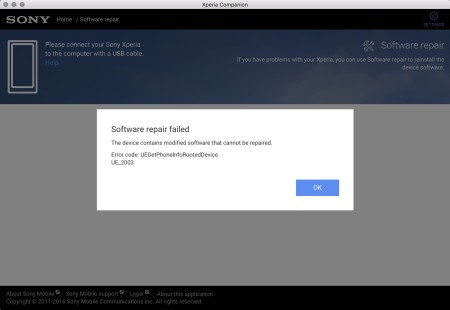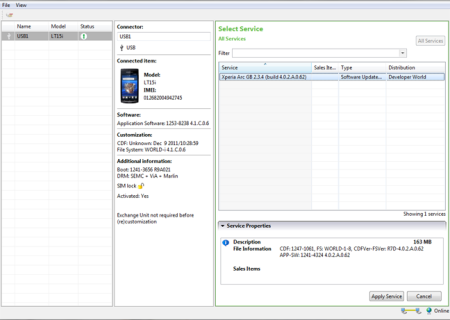Chromecast / Google Home wizard bug
Google Chromecast is a device that allows you to stream audio-video content over WiFi network from Application to a HDMI enabled display. This works really nice when you want to watch Netflix or show some movies from your mobile device on large screen TV/Projector.
Recently, Google released a new line of Chromecast devices that support audio only and higher resolution displays, renaming Chromecast to Google Home. This rebrand also replaced mobile application for devices management. New application forces user to have working internet connection, use localization, and sign with google account in order to work. There is no way to roll back to old application. Not really cool.
I have found and reported one nasty bug in this new Google Home application (version 1.19.29), that prevents you from discovering and setting up old Chromecast devices after Factory Defaults Reset or WiFi password change (so it can connect to your WiFi again). I only have old device so I am not sure how this affects new devices. You will not be able to discover your Chromecast device over WiFi when Localization Services are disabled and according permission was not granted!! In order to connect to your Chromecast:
- Reinstall or clear application data/cache.
- In startup configuration wizard you must grant access to localization services. If you do not enable localization and allow it to work granting permissions, you will not find your Chromecast later on.
- Search now for a Chromecast device still in setup wizard, you will find it, only if you did previous step correctly.
- Note that when you find a device that way, you can skip sign in with google account.
- If you do not grant localization permissions you will not be able to detect your chromecast device anymore.
I hope this has nothing to do with killing old line of devices with a software update. I also hope Google will fix this issue in next releases and they really don’t force users to give up so many personal information (why do they need GPS/Bluetooth running for a simple WiFi connection otherwise)..



